
Isabelle Bousquet - Published on , updated on
To understand how the climate system operates and predict future change, climate research centres are working on numerical models produced by computer programmes, which enable the simulation over space and time of 3D atmospheric and oceanic circulation, and all its characteristics (air and water temperature, winds, precipitation, humidity, etc.). Around forty of these models have been developed worldwide, two of them in France. They are still being improved, but they have already revealed the main trends, enabling scientists to reach a conclusion: if emissions of greenhouse gases related to human activities follow the present curve, we can expect warming up to four times faster over this century than in the last, and a rise in sea levels that could reach a metre by 2100, submerging certain regions of the world. Not to mention the destructive effects of more intense extreme weather events and the loss of ecosystems in the sea and on land.
Climatologists’ Projections
There are around forty climate models worldwide, two of them in France. They are the only means of predicting future climate change.
To understand the operation of the climate system and predict future changes in climate, scientists produce digital models based on computer programmes to simulate various parameters over space and time (air and sea temperature, wind, humidity, precipitation, etc.). Climate Modelling involves the mathematical formulation of climate phenomena based on the laws of physics. For instance, fluid mechanics provides a mathematical description of wind and ocean currents. Initially devised for weather forecasting, general atmospheric circulation models have been steadily improved. Today, ‘Earth system’ models also take into account the composition of the atmosphere (greenhouse gases, aerosols, etc.), oceans, land and the dynamics of vegetation, as well as the carbon cycle. There are around forty models worldwide, two of them in France*. Climatologists face many challenges in developing these predictive models – for example, the diversity of scale of the phenomena encountered and the complexity of the interactions between the various components of the environment. Sometimes, this means that different models produce different results. So Climatologists prefer to speak of climate projections rather than climate forecasts when they publish the conclusions of their models. For now, these models are the only means of assessing future climate risks.
*The models of the Centre national de recherches météorologiques and the Institut Pierre Simon Laplace.
A Virtual Planet
Like any digital modelling, models of Earth climates are based on dividing up or ‘gridding’ the zone involved into subsections of 100 x 100 km. Those units are still too large for the simulation of micro-processes, such as cloud formation or the movement of aerosols, so they cannot be explicitly represented. Even so, to take their large-scale impact on climate into account, the researchers use an empirical method called ‘parameterisation’, which is the greatest source of model uncertainty.
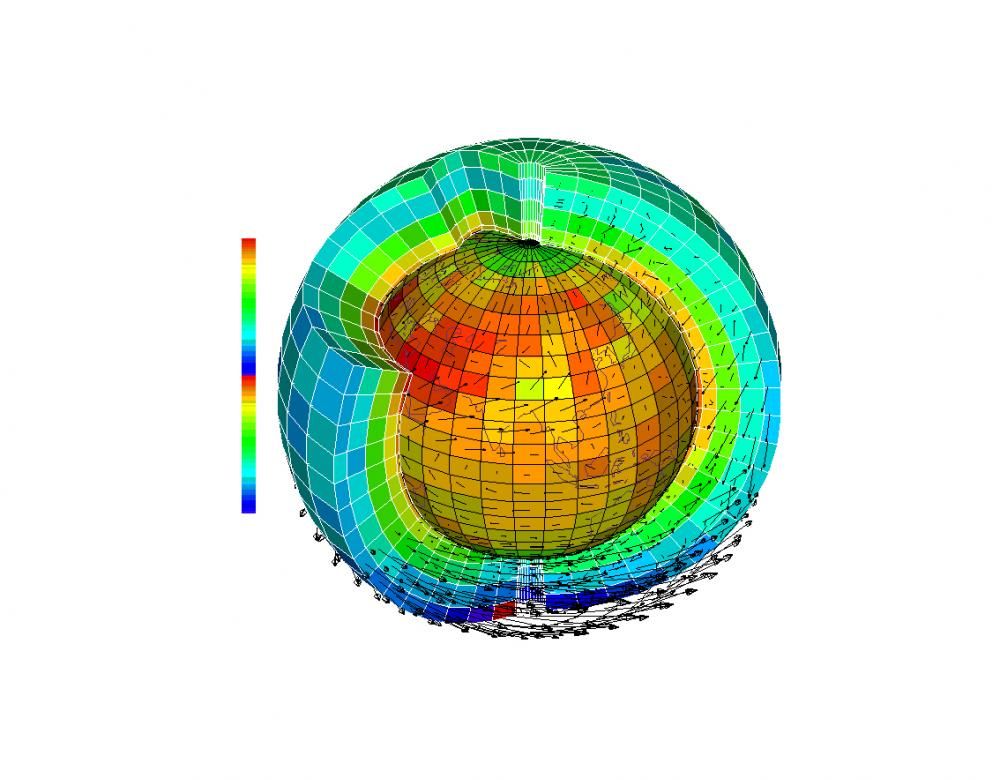
Are These Models Reliable?
Models are put through a series of tests, some even checking their ability to replicate the climates of other planets.
There are several ways of checking the reliability of a climate model. It is possible to compare its results to existing observations (meteorological stations, Argo Floats, satellite measurements, etc.) and assess its capacity to reproduce seasonal climate traits in each region (tropical monsoons, winter glaciation in the Arctic, etc.), along with recently observed climatic trends (global warming). It can also be tested in very different contexts to current Earth climate, either by checking its ability to replicate past climates (for instance, during ice ages) or by testing it on other planets in the Solar System, such as Mars or Venus. The results produced by the models are then stored in a database that all researchers can access, so they can be verified by scientists outside the modelling community. Some results are common to all simulations and so have a high confidence figure for scientists (for instance, warming in the Arctic); others vary greatly from one model to another and so are more uncertain. For example, the way of integrating clouds within a single scenario examining greenhouse gas emissions due to human activity can produce global warming estimations that differ by a factor of two. This means that models must be further improved. Even so, they can already predict the main trends in climate change, although they are so far unable to forecast the location, timing and extent of their impacts.
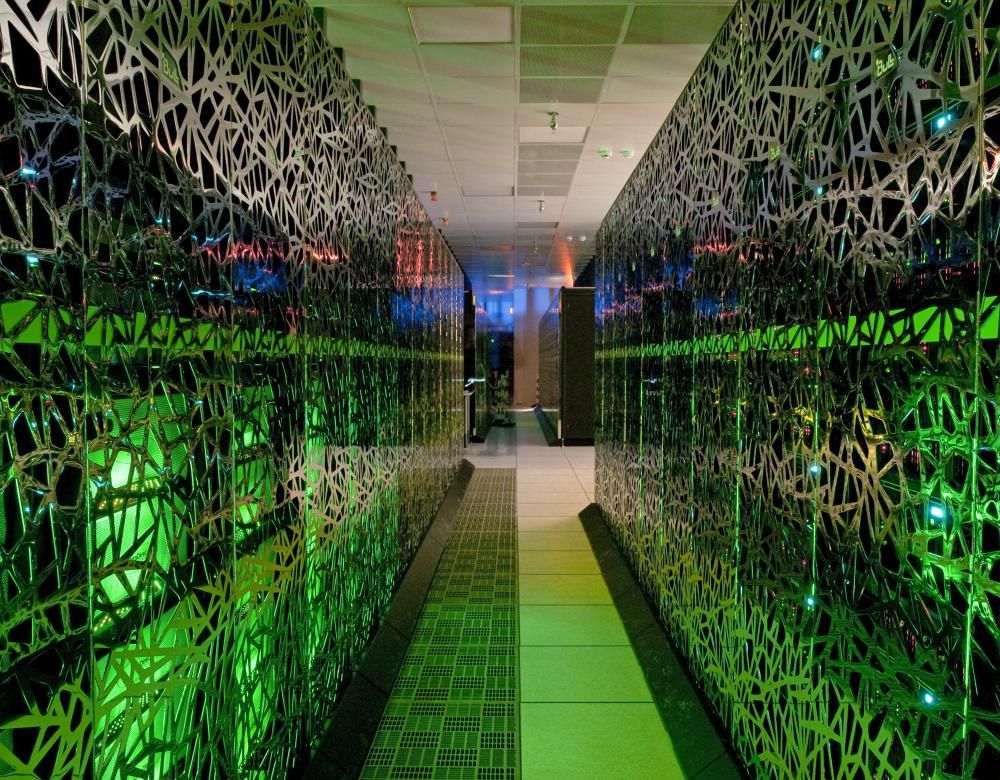
Increasingly powerful supercomputers
Climate projections require much more complex calculations than weather forecasting, which only examines changes in the atmosphere. The capacity of current computers enables accuracy down to a scale of 8 km for weather models and 100 km for climate models. It takes almost a year of processing to model climate over 2,000 years. The development of more powerful computers in the future should enable scientists to narrow the grid and produce simulations faster.
The Contrasting Effects of Clouds
Clouds are an important source of uncertainty in projecting climate change. Apart from the fact that they are hard to model, depending on their altitude, size and shape, they can have either a warming greenhouse effect or a parasol effect that cools the atmosphere. So it is important to gain a better understanding of how they form. That is the aim of measurements made by certain satellites. In the A-train satellite constellation, Calipso’s laser and Cloudsat’s radar can now map clouds in three dimensions.

Emerging Climate Disruption
If fossil energy continues to be used at the current rate, climatologists’ projections show a further 4°C of warming by 2100.
Since 2010, climatologists have been working on four hypotheses related to greenhouse gas concentrations (known as RCPs: Representative Concentration Pathways) over the decades to come. The resulting climate models show that the extent of future global warming will be proportional to the volume of greenhouse gas emissions caused by human activity. Although all the scenarios point to a relatively comparable global warming over the next thirty years (the inevitable result of existing human impact on climate), major differences subsequently appear. In scenario RCP 2.6, which includes a very sharp reduction in greenhouse-gas emissions, average temperatures will continue to increase by 1°C between now and 2050 and then stabilise. Sea level will rise by 40 centimetres by 2100 and the Arctic ice pack will not disappear in summer. However, for the most extreme scenario, RCP 8.5, which includes increasing use of fossil fuels as is the case today, the climatologists’ models show warming up to four times faster in this century than in the last (4°C more by 2100 and even 6°C by 2200 and 8°C by 2300), a rise in sea level of up to 1 metre by 2100 and an ice-free Arctic Ocean in summer.
Permafrost Thawing
The permanently frozen ground that covers a fifth of the world’s land (90% of Greenland, 80% of Alaska, 50% of Canada and the former Soviet Union) is beginning to warm. If this permafrost melts it could release methane and carbon dioxide into the atmosphere and so exacerbate global warming. Researchers from eight French and Canadian laboratories* are closely monitoring the state of permafrost. Some cities, such as Yakutsk in Central Siberia, and certain Inuit villages, such as Kuujjuarapik in Northern Canada (photo), are built on this frozen ground.
*ATP project (Acceleration of Permafrost Thaw by Snow-Vegetation Interactions)


Increasingly Violent Cyclones
For two months in 2017, the North Atlantic experienced an extraordinary hurricane season with a series of ten consecutive hurricanes, six of which were major. Hurricanes Irma and Maria that hit the Caribbean reached category 5, the highest on the Saffir-Simpson scale, with gusts above 350 km/h. According to climatologists’ projections, the incidence of this type of very violent cyclone should increase in line with global warming. Today, the UN estimates the financial loss caused by natural disasters at between 240 and 290 billion euros per annum.
Europe is Also At Risk
Nations in the northern hemisphere are affected by extreme weather events too. Since 2000, Europe has experienced ten or so record heatwaves (the one in 2003 caused the death of 35,000 people in Europe, 15,000 of them in France), droughts and floods. The devastating floods that hit the south of the UK in the winter of 2013-2014 were the worst since meteorological records began. Even if it is not fully established that these extreme weather events can be directly attributed to climate change, there is now little doubt that global warming will make them even more violent.
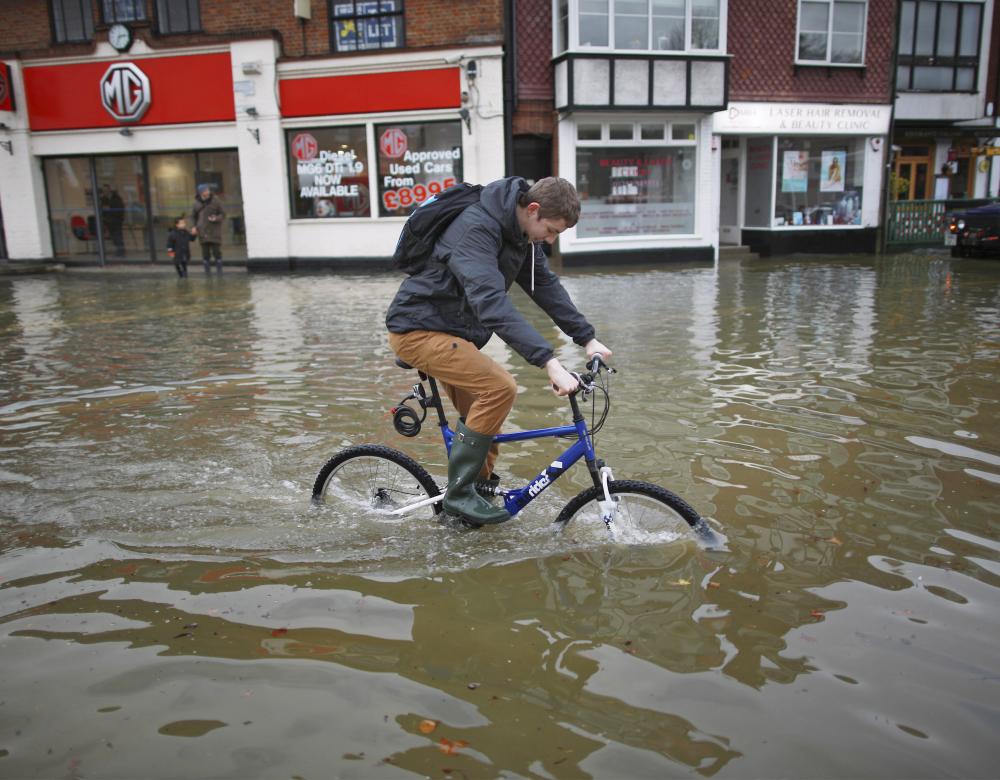
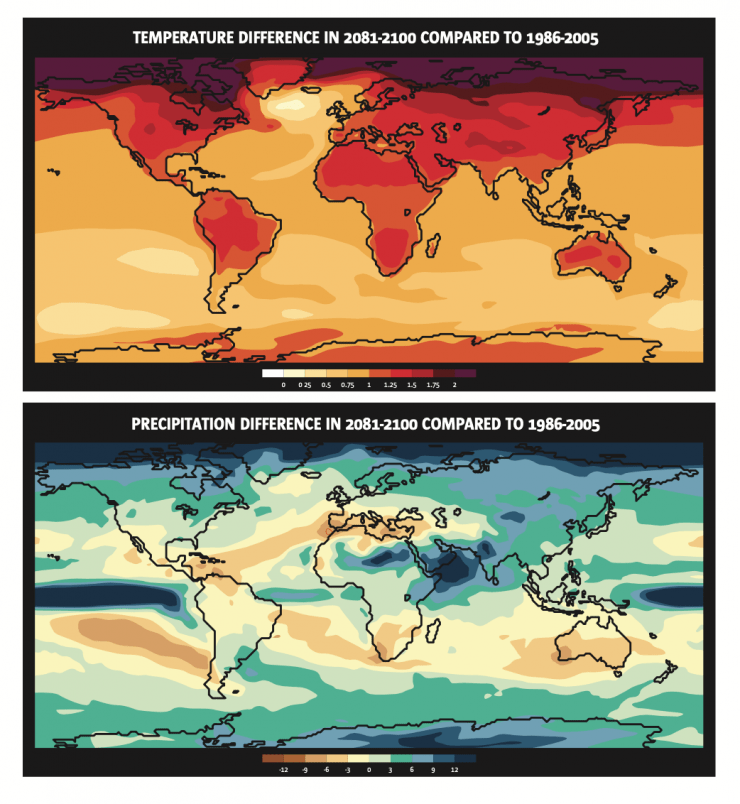
Moderate effects, major consequences
The Earth’s warming is leading to chain reactions that will continue to grow with a destructive effect for the environment and humans.
In the 5th IPCC report, there is a long list of risks associated with the continuation of global warming: the disappearance of Arctic pack ice during the summer, oceanic acidification*, the migration and extinction of species, falling agricultural yields, food shortages, an increase in epidemics and the spread of diseases such as Malaria to new regions, a reduction in water supplies, even more extreme weather events, rising sea levels, more natural disasters, new population displacements, etc. The variety of consequences is impressive for an increase in temperature that may seem modest (4°C by 2100 if it continues to rise at the current rate). Atmospheric warming causes chain reactions that further amplify its effects. By aggravating evaporation phenomena, it will increase the proportion of water vapour (a greenhouse gas) in the atmosphere, so adding to initial warming. Also, the melting of polar ice and glaciers will speed up. The regions stripped of their ice sheets and packs will not reflect so much sunlight (snow reflects 80% of solar radiation compared to 10% for forests, for example), so they will warm up and contribute a little more to world climate disruption.
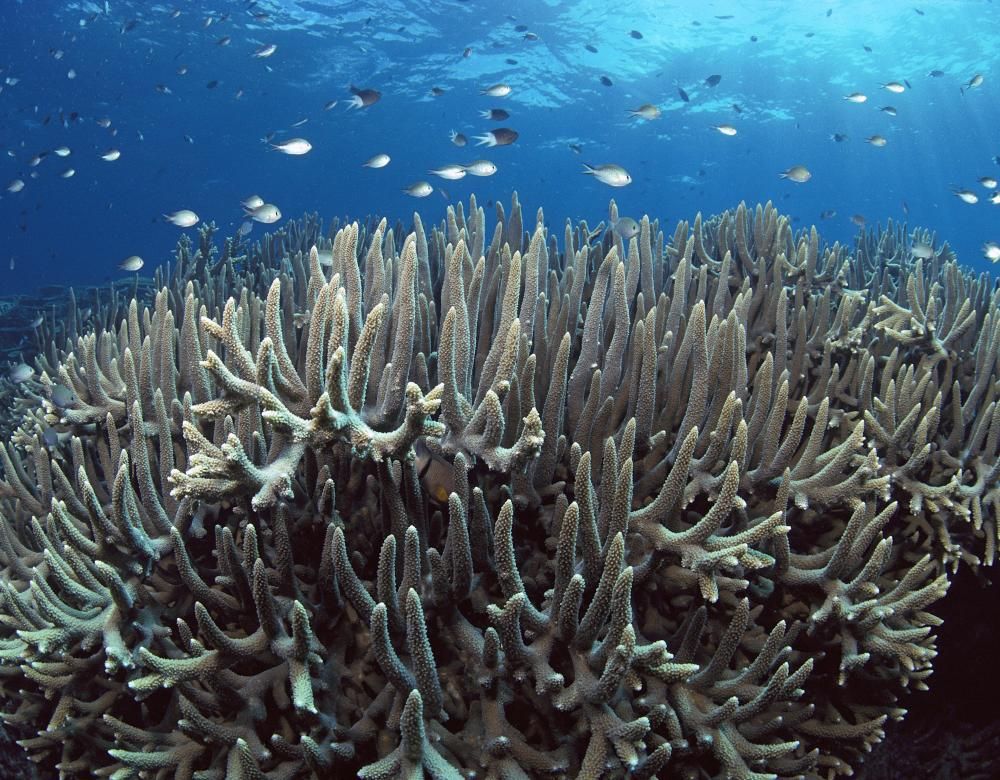
Australian Coral in Danger
Year on year, Australia typifies the state of severe drought that could prevail in certain regions of the world if global warming continues at the present rate. It also epitomises another characteristic effect of global warming: coral bleaching due to the rise in sea temperature. The Great Barrier Reef has lost half its coral in just thirty years. Global warming is not thought to be the only reason. Intensive farming along the coast and the expansion of industrial ports for coal export also impact on water quality and so the coral of the Great Barrier Reef.
Oceanic Acidification: Test at Sea
To study the impact of oceanic acidification (due to increased CO2 absorption) on marine flora and fauna, an innovative experiment was conducted in the Mediterranean from May to November 2014 (eFOCE project). Researchers ‘trapped’ different sea organisms in boxes reproducing different pH conditions at the bottom of the sea and monitored their development. Initial results show that Neptune grass (an aquatic plant) tolerates the pH level anticipated at the end of the century (-0.3 pH units).
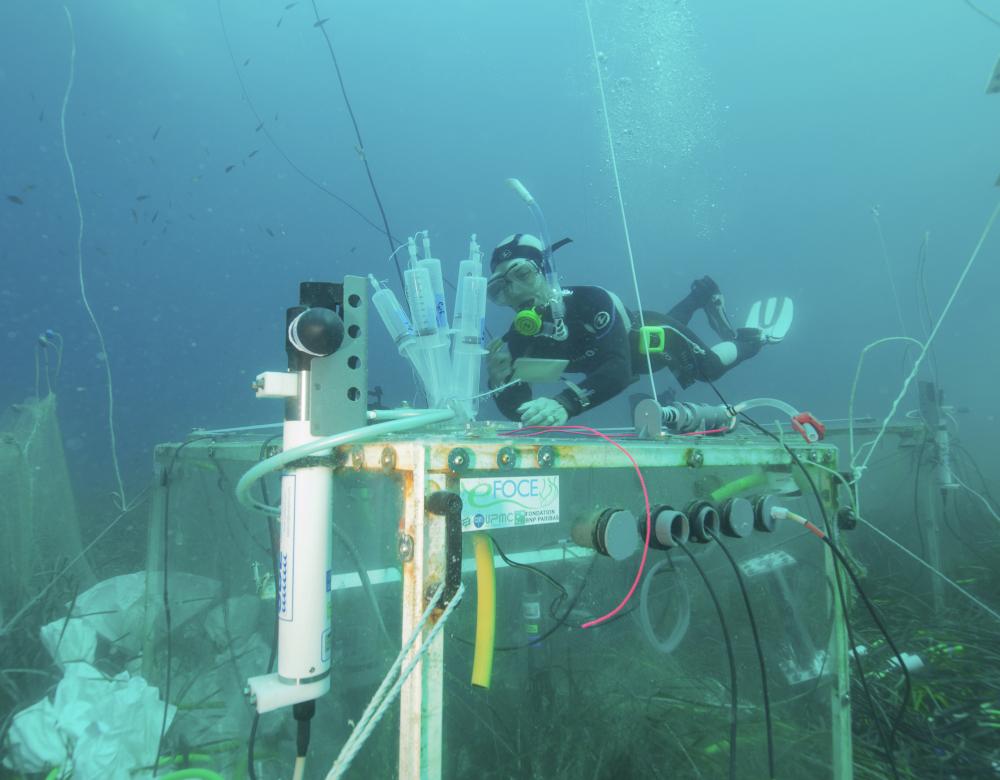
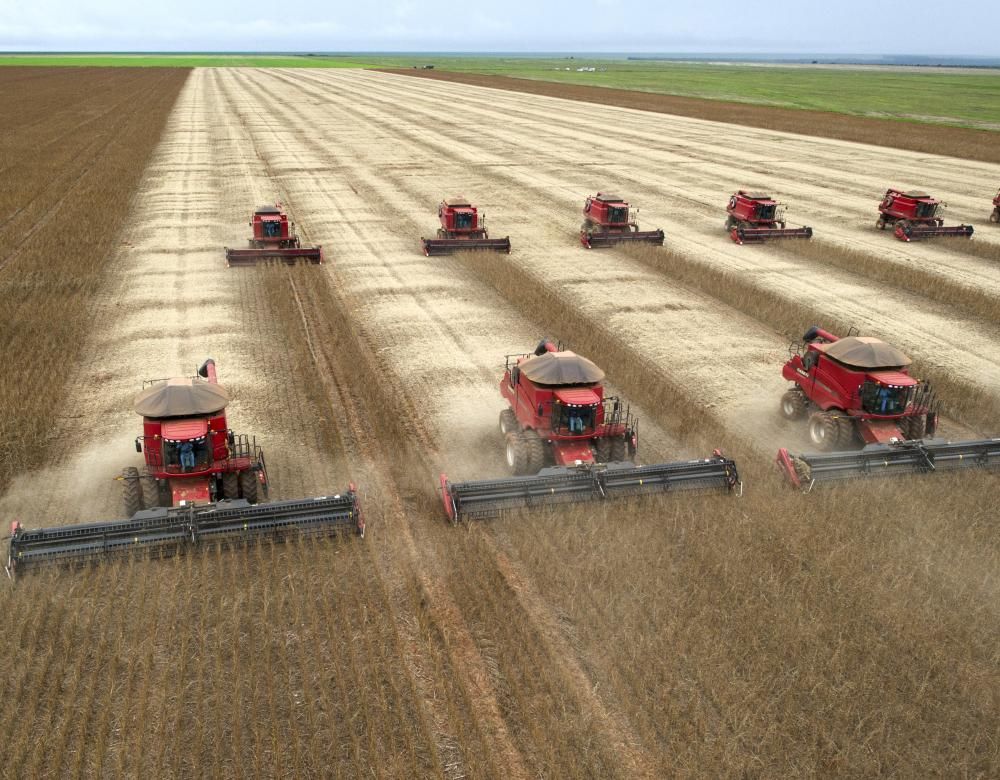
The Issue of Food Security
Today, 805 million people worldwide do not have enough to eat. Climate disruption could mean there are 600 million more by 2080 according to the United Nations Development Programme (UNDP). There is expected to be a drop in yields of staple crops (wheat, rice, maize, etc.) and increased crop losses resulting from extreme weather events (see the 5th IPCC report). This means a risk of rising prices making it even more difficult for the poorest populations to secure food.
This dossier is the online version of “Climate. The 360° exhibition” presented at the Cité des sciences de l’industrie in September 2015 on the occasion of COP21, with the support of the BNP Paribas Foundation. The contents were updated in 2018.


